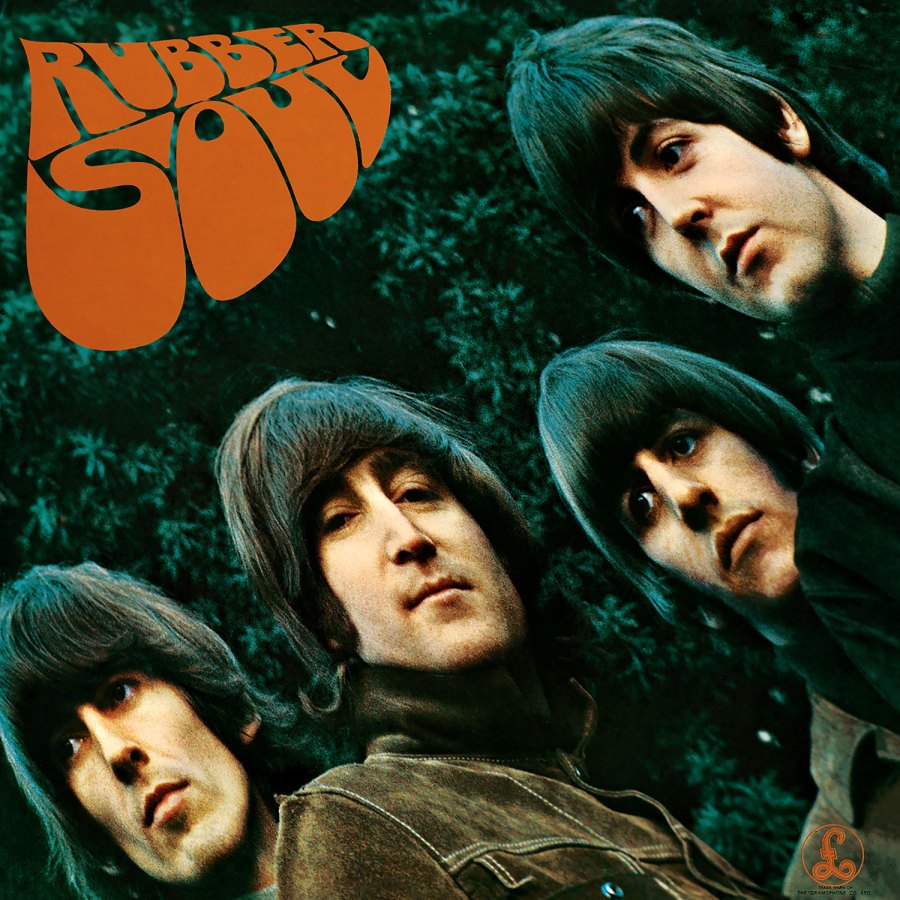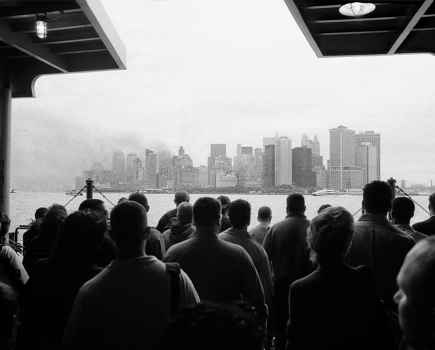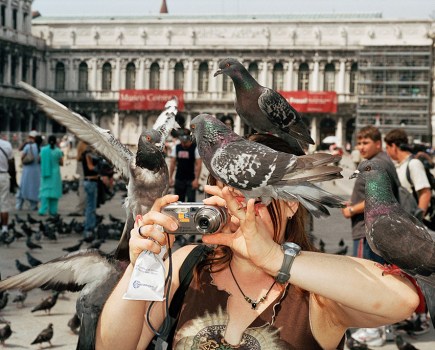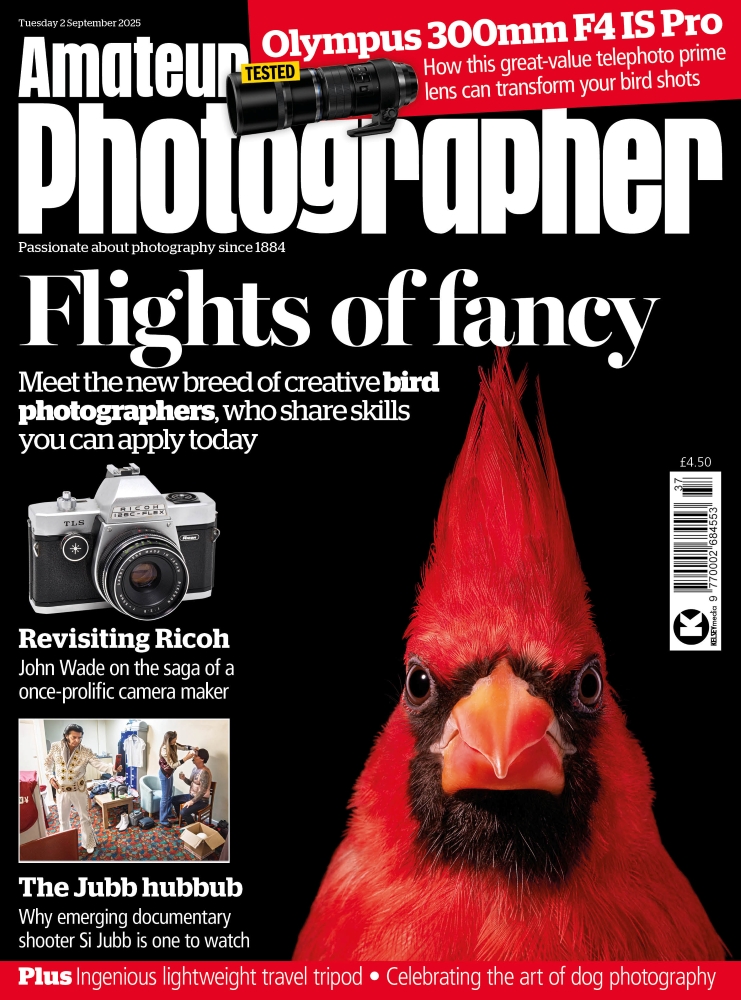Creating Rubber Soul: We reveal how an uber-cool font, a distorted image and the lack of a band name helped to usher in a new era for The Beatles…
By the autumn of 1965 The Beatles were clearly developing fast, both as musicians and wildly creative people. Having returned to London from a North American tour the band’s manager, Brian Epstein, and producer, George Martin, were again looking for a new album to hit the Christmas market. Although the Help! movie soundtrack album had only come out in August 1965, since 1963 the band had established this Christmas album tradition. In 1963 it was With The Beatles and in 1964 it was Beatles for Sale.
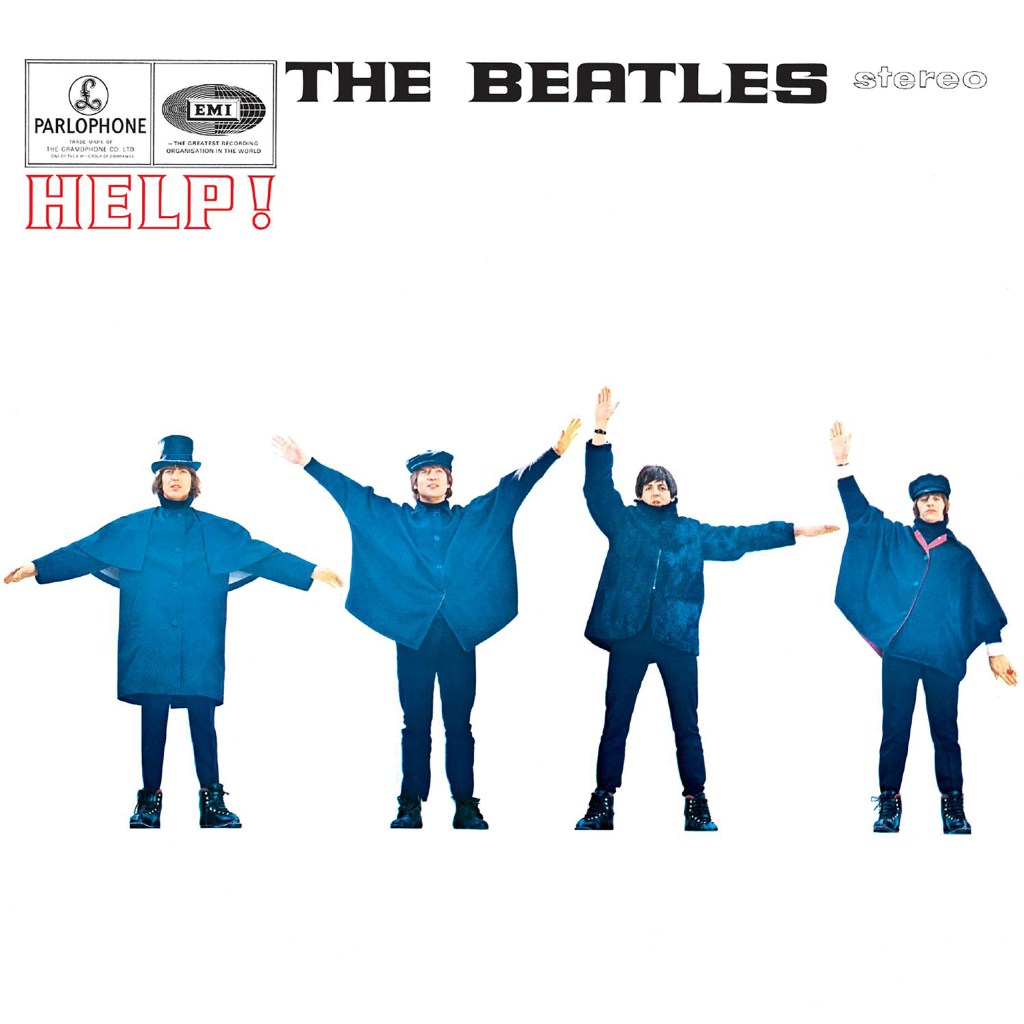
Pot and LSD
Thus it was that John, Paul, George and Ringo reconvened in the studio and began to put together what would become Rubber Soul. It was the sixth studio album from The Beatles and, said to be heavily influenced by the increased use of pot (and LSD) by the band. The LP included more inventive and introspective tracks such as Nowhere Man, In My Life and Norwegian Wood (which included George Harrison’s use of a sitar).
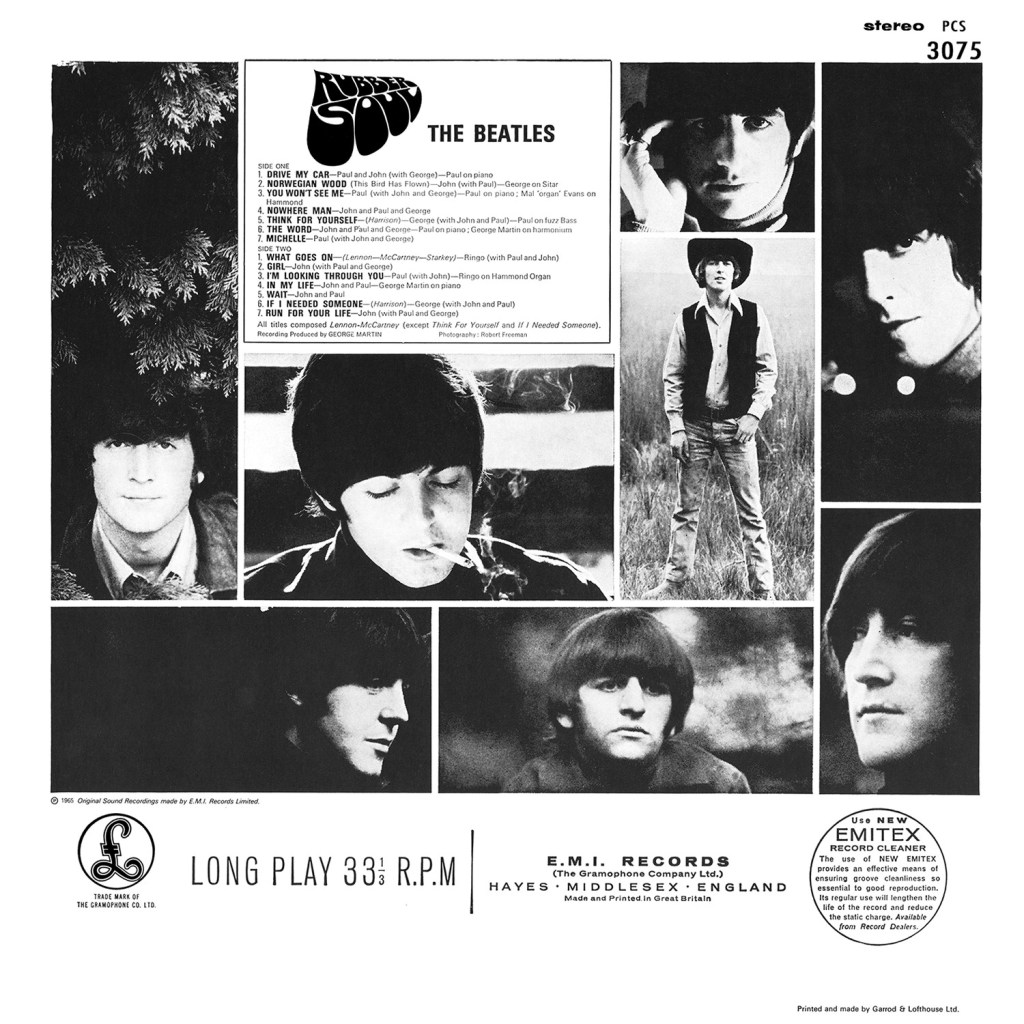
Starr-ing role
It was clear that The Beatles were writing a new chapter in their musical history, even down to Ringo Starr getting a co-writing credit on the track What Goes On, which read Lennon-McCartney-Starkey (Ringo’s real name is Richard Starkey). Starr also sang lead on the track. The 11 tracks on Rubber Soul were recorded between 12 October and 11 November, bar Wait, which had been previously recorded in June 1965. After two weeks of mixing the iconic album was in shops from 3 December 1965.
Why Rubber Soul?
The album’s title, Rubber Soul, is believed to refer to the perception of the Rolling Stones’ lead singer Mick Jagger among black blues musicians. In “The Beatles’ Anthology” documentary series, Paul McCartney explained, ‘I think the title Rubber Soul came from a comment an old blues guy had said of Jagger. I’ve heard some outtakes of us doing I’m Down and at the front of it I’m chatting on about Mick. I’m saying how I’d just read about an old bloke in the States who said, “Mick Jagger, man. Well you know they’re good – but it’s plastic soul.”
So, a derivation of the phrase ‘plastic soul’ was the germ of the Rubber Soul album title idea. In a 1970 interview with Rolling Stone magazine’s founder Jann S. Wenner, John Lennon had explained, ‘That [Rubber Soul] was Paul’s title, it was like Yer Blues, I suppose, meaning English soul. Rubber Soul is just a pun. There are no great mysterious meanings behind all of this. It was just four boys working out what to call their new album.’
Rubber Soul marked an obvious turning point for The Beatles, with the clear musical progression and experimentation – with sitars, fuzz bass and harmonium (pump organ) used within the album’s songs. But, arguably, the artwork of the band’s sixth studio album made it even more clear that the loveable rogues that were John, Paul, George and Ringo had gone forever, to be replaced by a fresh, significantly moodier image.
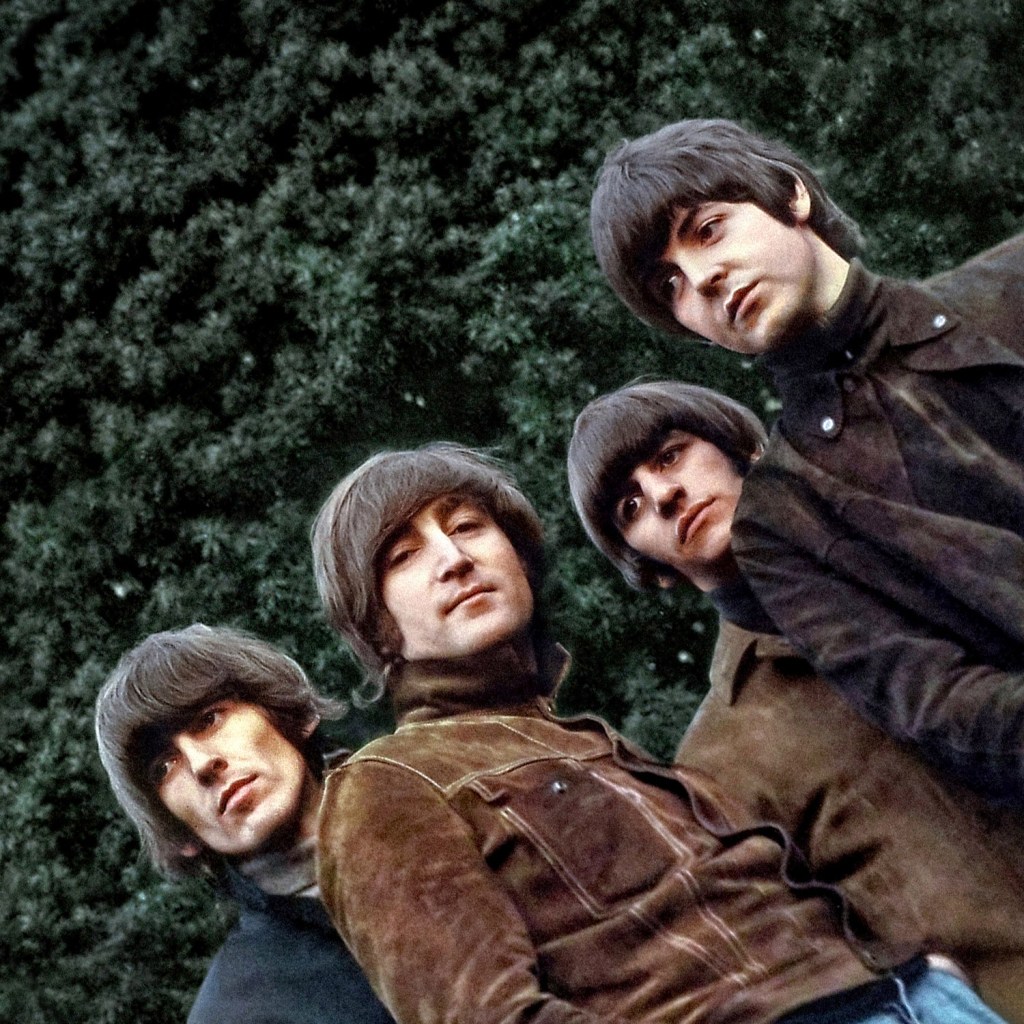
Oi! Leave it out!
The cover didn’t even have the band’s name written on it, which neatly illustrates how famous ‘the Fab Four’ had become since their 1962 debut single Love Me Do just three years prior to Rubber Soul. The instantly identifiable Liverpudlian lads had grown into men and their faces were deemed to be the only required promotional tool. The same decision to leave the band’s name off the front of an album happened again in 1969 on the cover of the Abbey Road album, when the then creative director of Apple Records, John Kosh (aka Kosh) and the band agreed it wasn’t necessary.
John Lennon’s garden
Robert Freeman was the photographer who captured the hallowed picture of the group in the garden of John Lennon’s house, Kenwood, in Weybridge, Surrey, in late 1965. The four members of the band were standing in front of a Rhododendron bush wearing brown suede jackets and dark polo neck jumpers. None of the group were smiling and only John Lennon was actually looking directly into Freeman’s camera lens. It was a clear departure from their cheeky chappie personas of previous albums, but little is known about what camera gear Freeman used for this shoot.
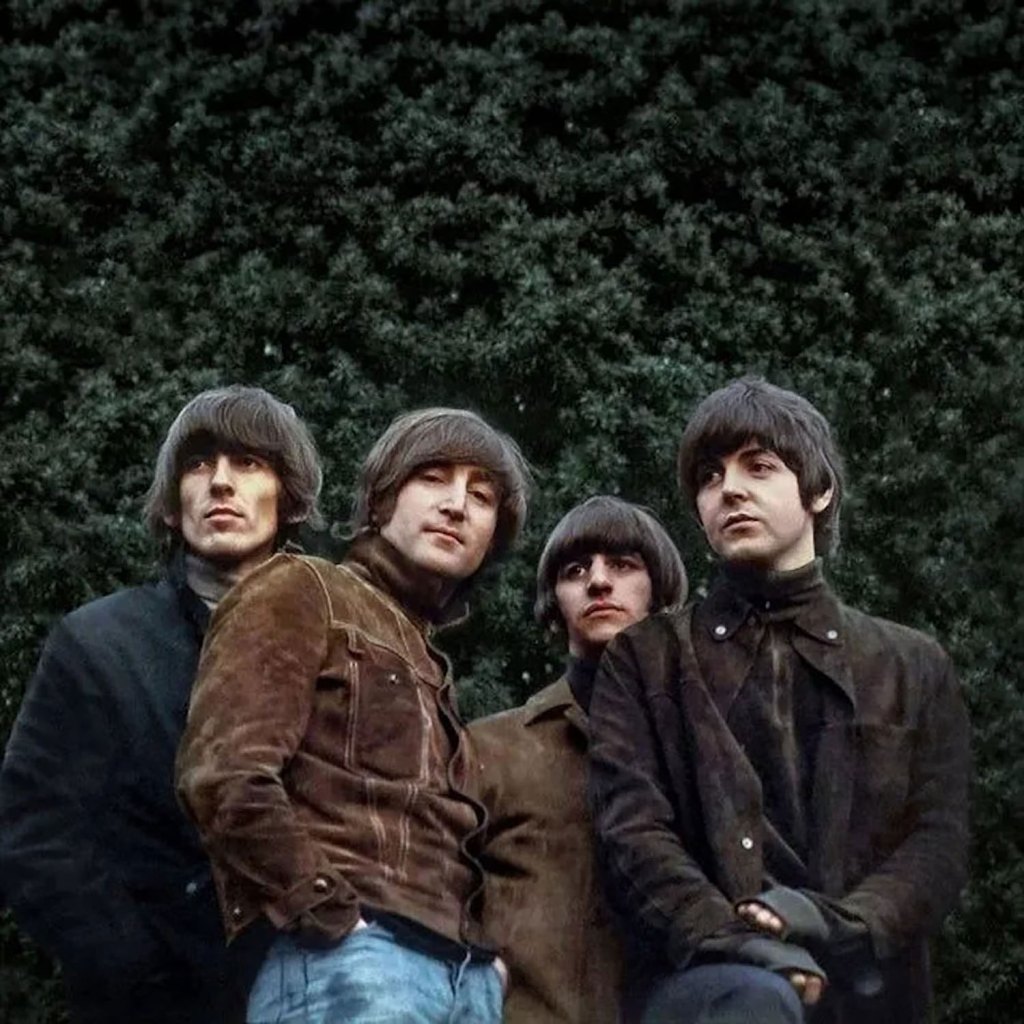
By 1965 Freeman had already established a solid, ongoing relationship with The Beatles – he had already shot the album covers for With The Beatles, A Hard Day’s Night, Beatles for Sale and Help! Freeman had been a freelance photojournalist, often for The Sunday Times, from 1961 onwards and was chosen to shoot the first ever Pirelli calendar, which came out in 1964. However, Freeman’s favourite assignment had been photographing jazz musicians, including Joh Coltrane, at a festival in London.
In 1995, Freeman explained, ‘It was photographs of these [jazz] musicians that I later showed to The Beatles. I contacted their press agent in London. He referred me to Brian Epstein, their manager, who asked me to send samples of my work to Llandudno, in Wales, where The Beatles were playing at the time. I put together a portfolio of black and white prints, most of which were portraits of jazz musicians. The Beatles’ response was positive – they liked the photographs – and, as a result, Brian [Epstein] arranged for me to meet them in Bournemouth a week later, where they were booked to play several evenings at the local Gaumont cinema.’
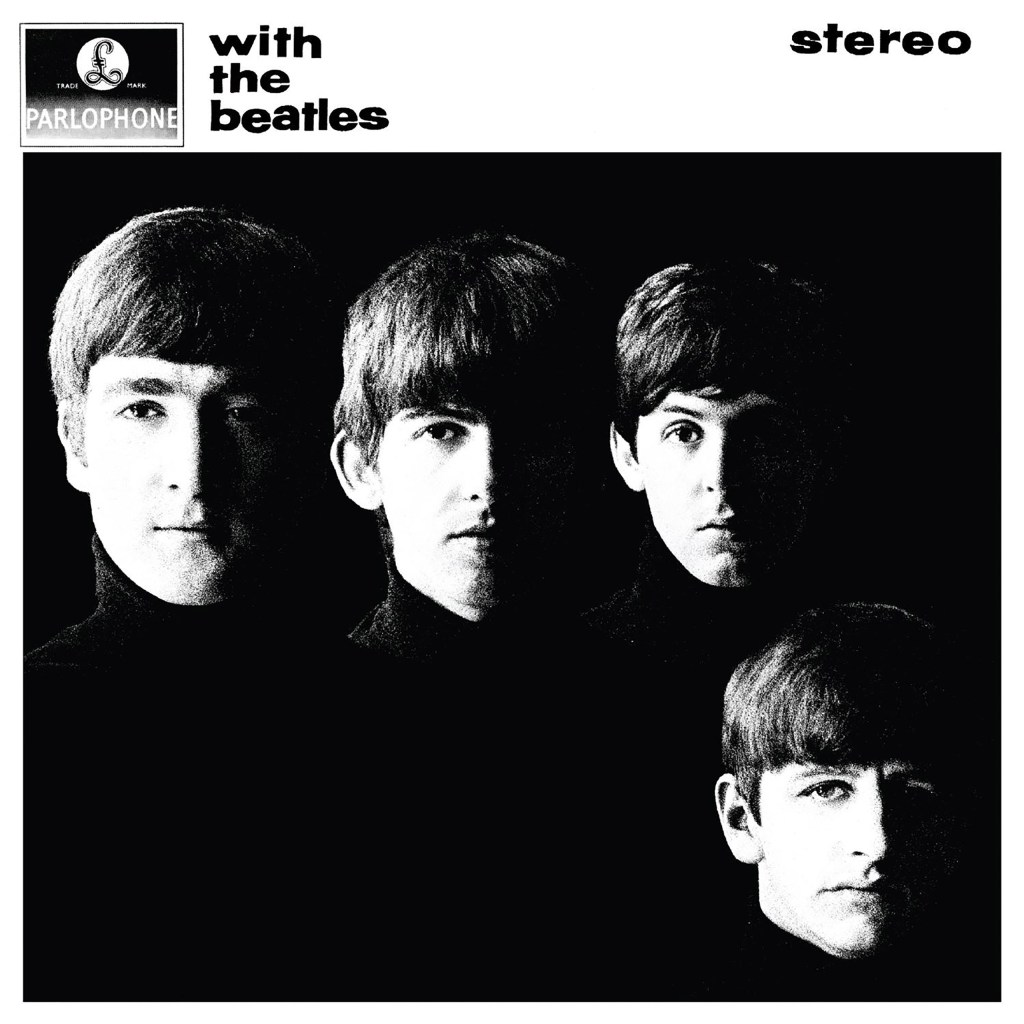
Who’d guess it was a corridor
Freeman would photograph The Beatles in a corridor of the Palace Court Hotel, Bournemouth, on 22 August 1963, which would provide the images for the album cover of With The Beatles. Freeman was paid the princely sum of £75 for this work, which was around three times the usual fee for shooting an album cover in those days.
The stretched photo
In Freeman’s book The Beatles – A Private View, he explains, ‘For the [Rubber Soul] cover I wanted another angle of the group and an entirely different tonality – greens, browns and black, but with an almost monochrome look. The garden of John’s house in Weybridge had the right elements – a high, dark green hedge and a grass knoll that sloped away steeply. This provided the background and the angle.’
Talking about the Rubber Soul album cover, in the documentary series Anthology, Paul McCartney revealed, ‘The album cover is another example of our branching out: the stretched photo. That was actually one of those little exciting random things that happen. The photographer Robert Freeman had taken some pictures round at John’s house in Weybridge. We had our new gear on – the polo necks – and we were doing straight mugshots; the four of us all posing.’
McCartney added, ‘Back in London, Robert was showing us the slides; he had a piece of [white] cardboard that was the album-cover size and he was projecting the photographs exactly onto it, so we could see how it would look as an album cover. We had just chosen the photograph when the card that the picture was projected onto fell backwards a little, elongating the photograph. It was stretched and we went, “That’s it, Rubber So-o-oul, hey, hey! Can you do it like that?” And he said, “well, yeah. I can print it that way.” And that was it.’
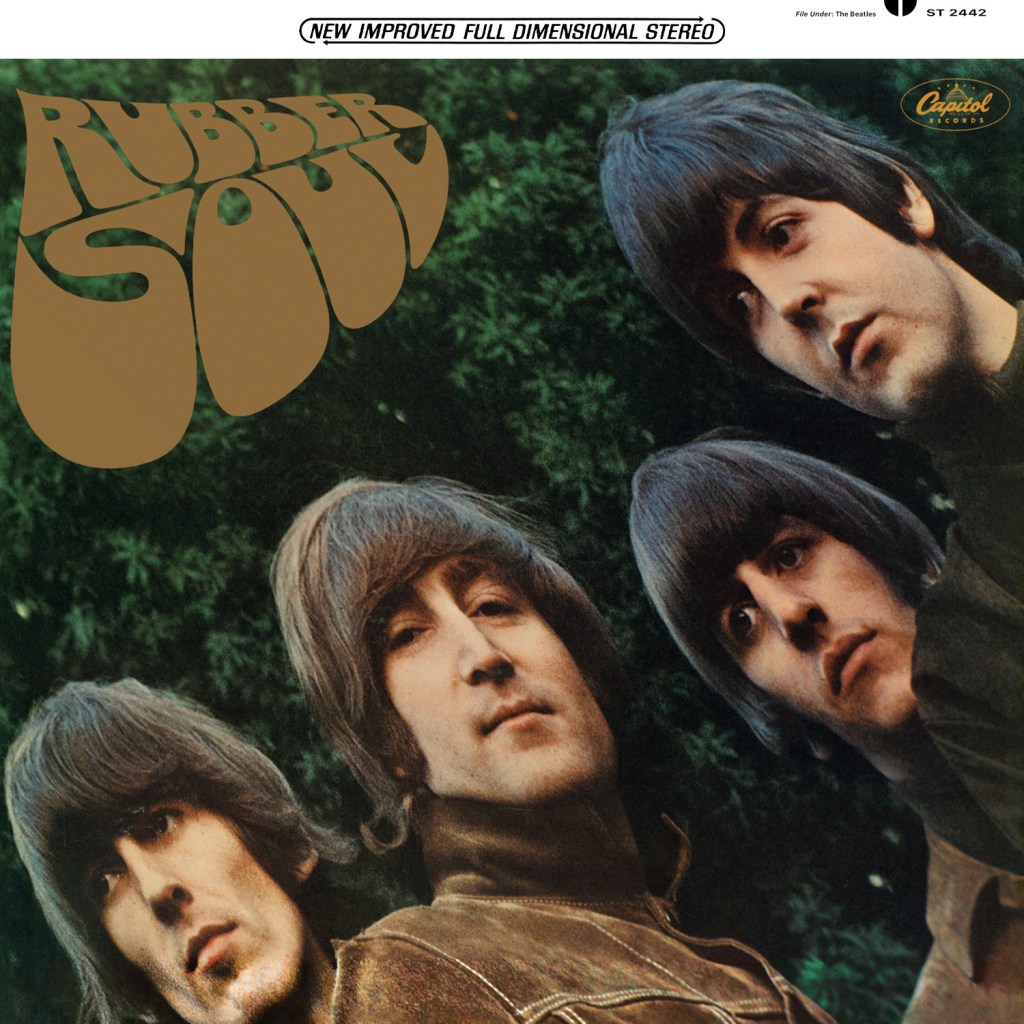
This happy projection accident was universally liked by The Beatles. Freeman said about all his cover photographs, ‘My intention was to keep the compositions simple, so that the focus of attention would always be on The Beatles as personalities.’ The late George Harrison noted in the Anthology documentary, ‘I liked the way we got our faces to be longer on the album cover. We lost the “little innocents” tag, the naivety, and Rubber Soul was the first one where we were fully-fledged potheads.’
Specially designed font
The specially designed widened font used on the front cover artwork alone had connotations with psychedelic drugs, and this part of the lives of The Beatles was one that they no longer felt compelled to hide. Indeed, for the first time, the band had taken drugs whilst in the recording studio working on Rubber Soul. The British illustrator Charles Front designed the unmistakable lettering, but later claimed that any drug-related undertone was a sheer coincidence.
Front had researched rubber processing and successfully added the graphic look of rubber to the letters themselves. Front revealed, ‘Whether the Beatles were into LSD or not I don’t know, but I certainly wasn’t. It was all about the name of the album. If you tap into a rubber tree then you get a sort of globule, so I started thinking of creating a shape that represented that, starting narrow and filling out. I was paid 26 guineas and five shillings.’
The US version of Rubber Soul was released with a more brown version of the Rubber Soul font artwork, which more closely matched the colours of band’s jackets, in comparison to the more orange-tinged UK version of the logo font. The font created for Rubber Soul later became synonymous with the burgeoning hippie scene, but Charles Front didn’t think too much about the iconic piece of art when he constructed it. He later commented, ‘It was just another piece I’d done, I had put it away and forgotten about it.’
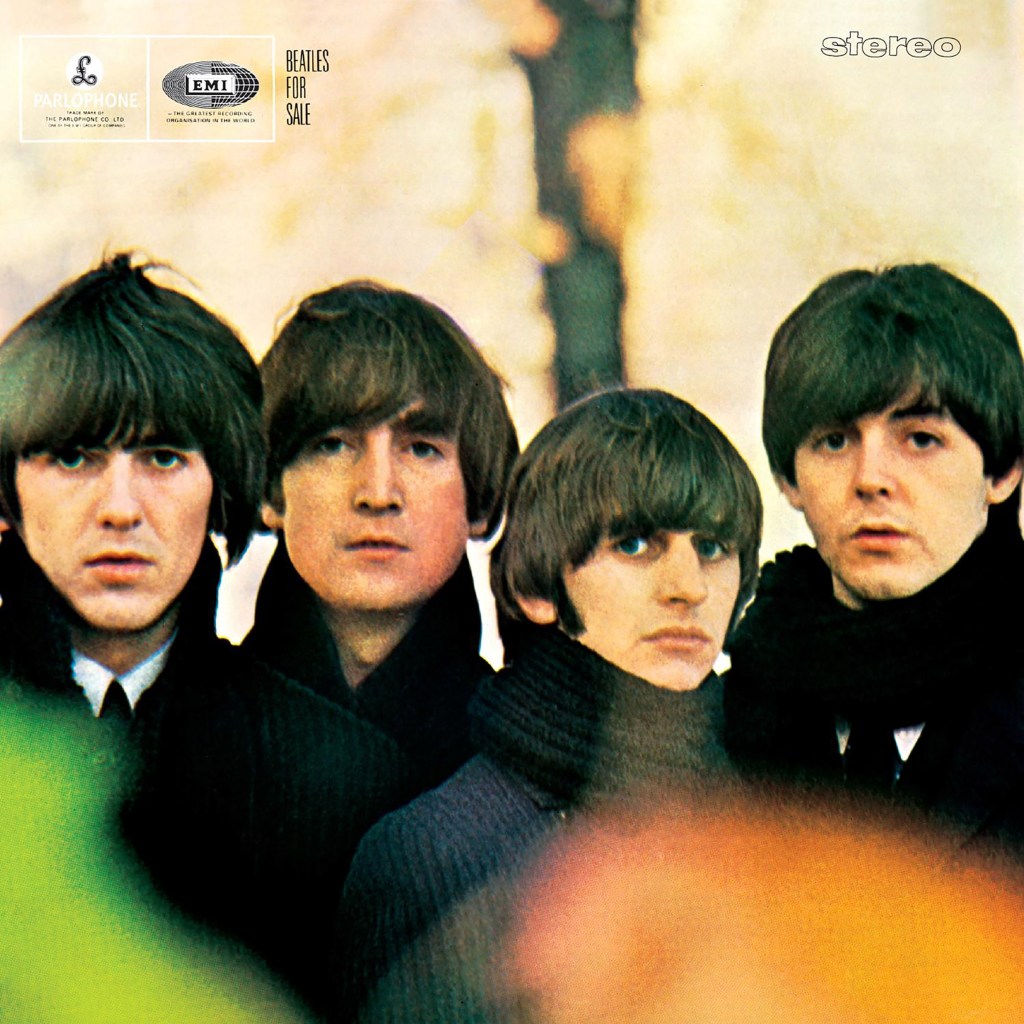
A new Beatles
As George Harrison had admitted, Rubber Soul firmly ushered in The Beatles’ ‘pothead’ era. The band needed an album cover that illustrated their personal and musical growth, and that’s precisely what the combined creative talents of Robert Freeman and Charles Front had managed to achieve. Freeman explained, ‘uniformity was out’ during the creative process.
According to album’s producer George Martin, the intention was to present, ‘a new Beatles to the world… and Rubber Soul was the first to emerge that way.’ What emerged was an incredibly potent mix of great photography, a new font that made an unmistakeable mark and the happy accident of a slide projection session going slightly wrong, but, ultimately, helping to produce what is now widely regarded as one of the most striking album covers of all-time.
The Beatles’ RUBBER SOUL – Quick facts
Musicians: Paul McCartney, John Lennon, George Harrison, Ringo Starr, George Martin, Mal Evans.
Released: 3 December 1965 (UK – Parlophone, US – Capitol).
Best chart performance: No. 1 in the album charts in Australia, Canada, Finland, Germany, the UK and the US.
Sales: Over 7,000,000 certified sales worldwide.
Fascinating fact: The album cover wasn’t without an imperfection or two. John Lennon had a small, loose thread on the right shoulder of his brown suede jacket, which was airbrushed out on most covers. Also, you could only really see the head of George Harrison, and no clothing, but Harrison is on record as saying about the Rubber Soul album cover, ‘the picture on the front is pretty good.’
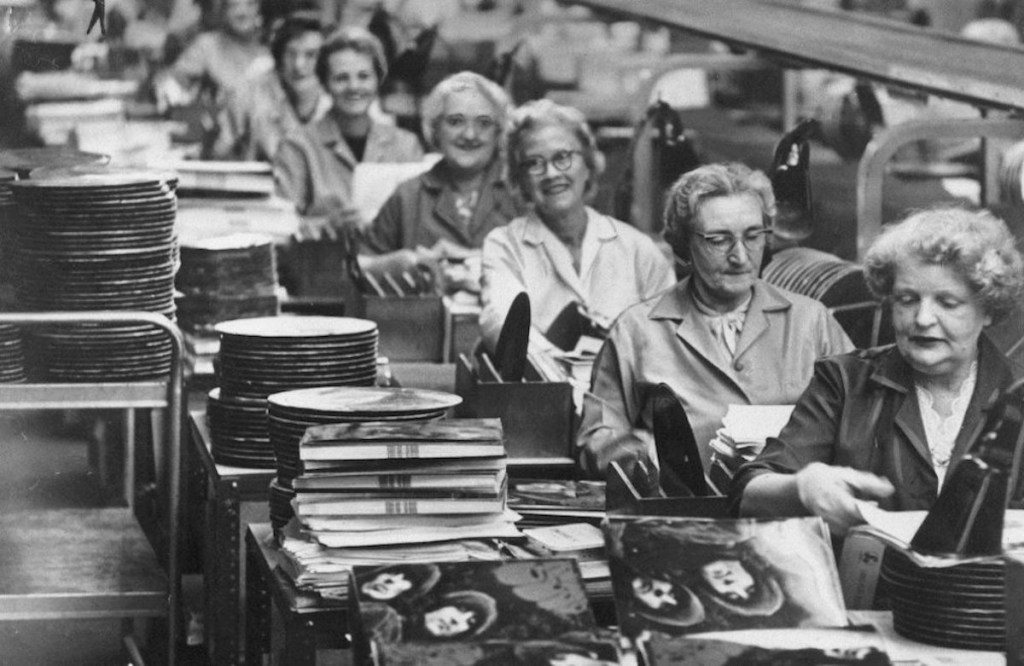
Robert Freeman
Robert Freeman (1936-2019) was born in London, England. He graduated from Cambridge in 1959 and, before beginning his professional career as a photographer, he worked for a short time as Director of Contemporary Arts in London. He then became a freelance photojournalist for The Sunday Times and other magazines, which included an assignment to photograph the Soviet leader Nikita Kruschev, and developed a love of photographing jazz musicians. His work with The Beatles spanned from 1963 to 1966 and he was also creatively involved in their film projects. In the late 1960s he directed films, such as The Touchables and Secret World (La Promesse).
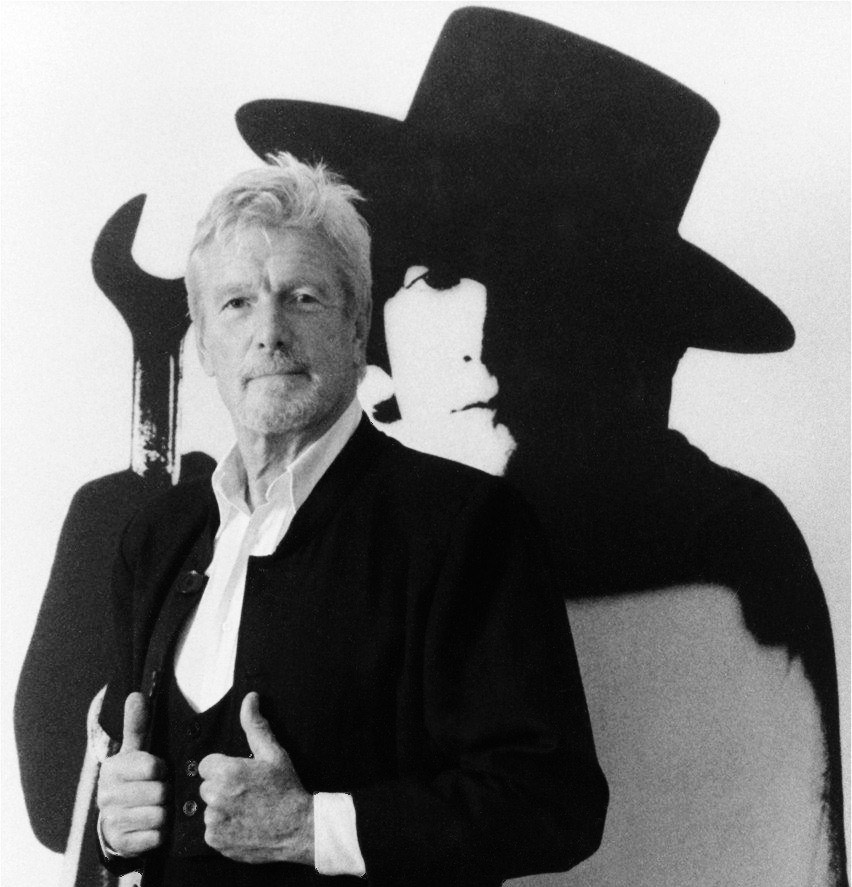
Expert panel feedback
ED CARAEFF, US music photographer: I bought Rubber Soul right when I started to photograph my school mate’s band in high school. Robert Freeman, having already photographed several Beatles album covers, had mastered posing the band for a square cover format. By distorting and stretching his beautiful, naturally lit, photo helped transition the group into their new, confident, psychedelic persona. I also love how the typography worked so well with this image.
ANDY COWLES, creative director: This, the Beatles sixth album, was the first to not feature their name… which is evidence of how far a good haircut can get you. But what really hits you is that only John is looking at the camera. This made him look like the leader. Eye contact matters, people.
MAT SNOW, music journalist and music magazine editor: Defiantly un-Christmassy, The Beatles’ third consecutive Yuletide album release, Rubber Soul, deepened their enigmatic, untouchable cool… Lennon insolently staring you down, the others lost in the middle distance. Pouncing on a studio slip skewing and stretching Robert Freeman’s original group portrait, the secretly pothead moptops were hinting that nothing was quite what it seemed.

